Why do hand-brewed Indonesian mantenin coffee have sour golden mantenin coffee bean flavor and taste characteristics
There will always be some friends who don't like sour taste and just come into contact with individual coffee and say to the barista when they arrive at the cafe, "I'll have a cup of coffee made by hand without sour taste." At this time, baristas usually recommend Manning. When it is cooked, after the first sip, the answer is bitter, and some people even want to add sugar. When I think of the editor's first drink of Mantenin, I was surprised not by its bitterness, but by the herbal aroma in front of the entrance, the sweetness on the taste buds in the second half of the entrance, and the smoky aftertaste. But when I went to another cafe and ordered another cup of manning, there was something wrong with the first sip, which had a faint sour taste. Isn't Manning supposed to be bitter and sweet! Why is it sour? What exactly should Manning taste like?
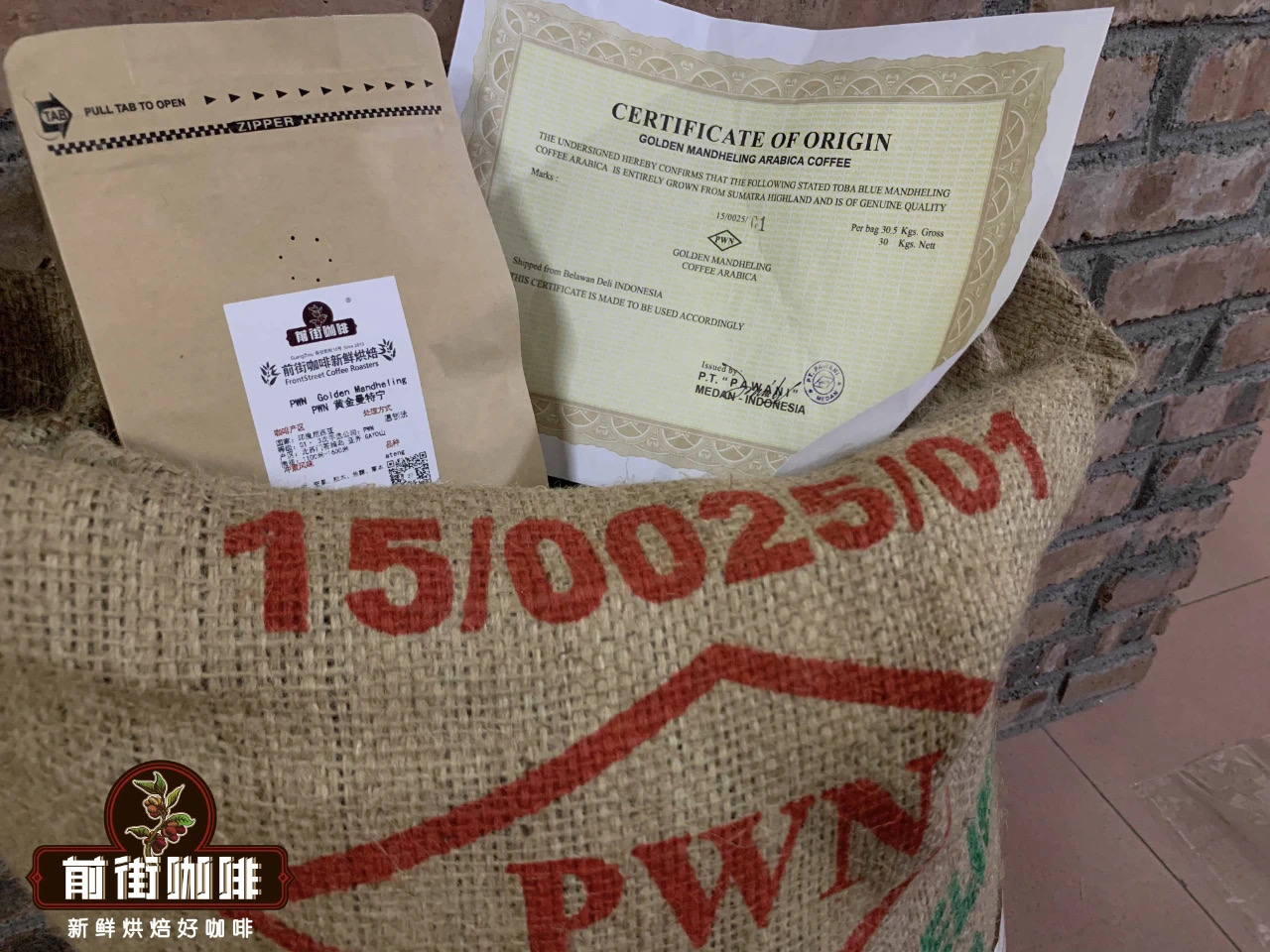
Today, Qianjie Coffee will give you a comprehensive understanding of Manning Coffee. The Origin of Manning's name
Mantenin's original name was Mandaining Mandailing, which originally referred to the name of a tribe in Indonesia. During the Japanese occupation of Indonesia during World War II, a Japanese soldier went to a local cafe to drink a cup of mellow coffee, so he asked the shopkeeper the name of the coffee, but the owner mistakenly thought the Japanese soldier asked him where he was from, so the shopkeeper replied, "Mandaining Mandailing." After the war, the Japanese soldier recalled the mellow cup of coffee he had in Indonesia, so he asked a local coffee maker in Indonesia to help him transport 15 tons to Japan. When asked his name, the Japanese soldier mistakenly referred to Mandailing as Mandehling. It was because of this "double misunderstanding" that the word Mandehling was born. Because Manning coffee is so popular in Japan, Manning's name came out in this way. And that coffee merchant is now the famous PWN Coffee Company.
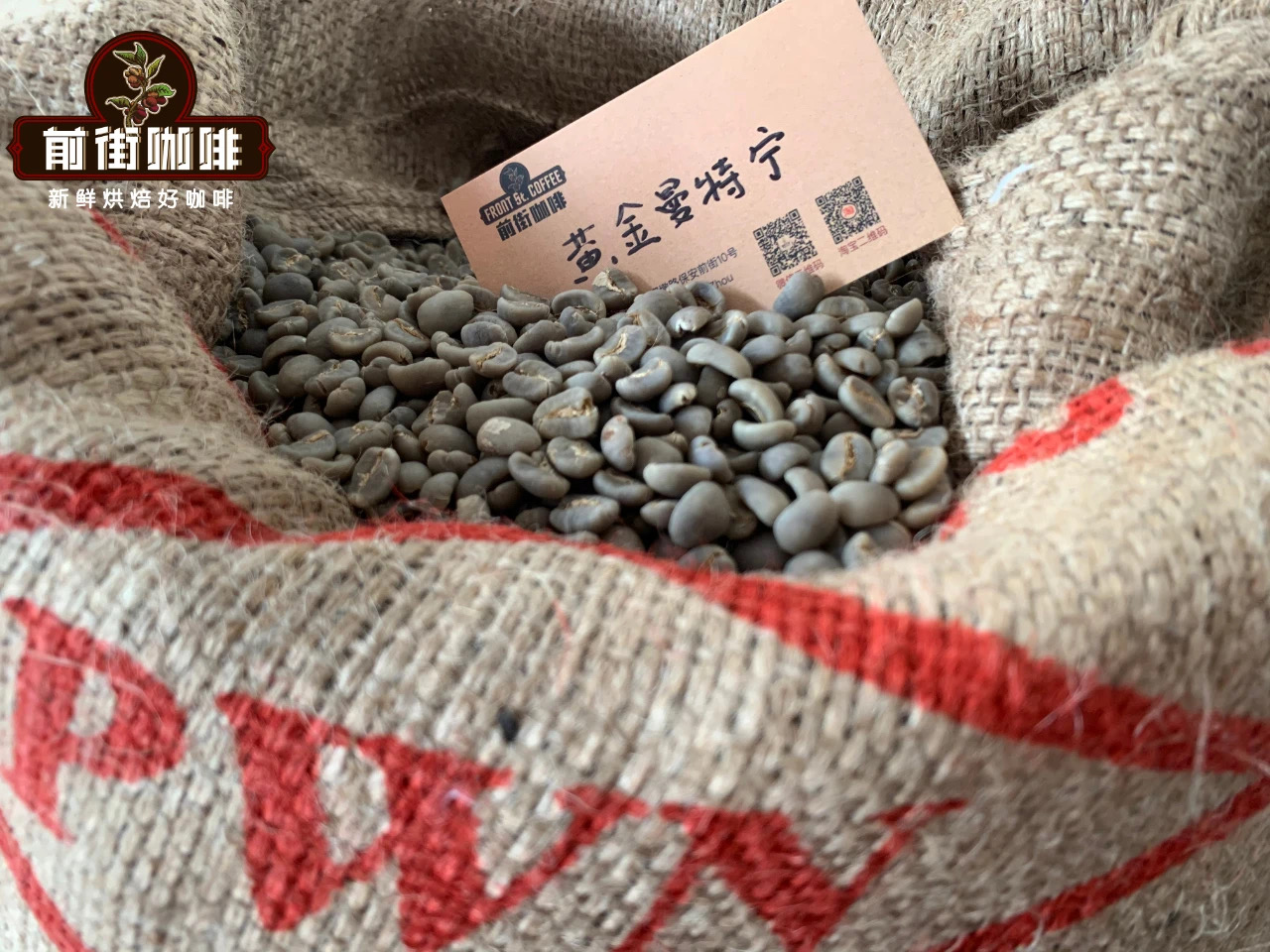
PWN Gold Manning
When it comes to Mantenin-flavored coffee, people tend to think of Golden Manning, an Indonesian mantenin coffee bean. However, have you noticed that a few English letters are always mixed with the name of PWN Coffee, such as Manning Gold?
Actually, PWN-Pwani Coffee Company is an acronym for Pwanni Coffee Company. This company is a very famous local coffee acquisition company in Indonesia, mainly buying Indonesian mantenin coffee beans, and almost all the best producing areas in Indonesia have been acquired by it, so most of the Indonesian mantenin coffee beans produced by PWN are unique boutique. After the beans are bought back, PWN will pick out the full and flawless beans through multiple manual selection, and only such beans will be classified as golden manning.
Later, PWN registered the trademark "Golden Manning". PWN gold manning, now only the company produces gold manning, can be regarded as the real "golden manning". Today's PWN gold manning is mostly from Aceh's producing areas. Ateng
The Mantenin coffee variety of Qianjie Coffee in the new season in 2020 is Ateng, also known as Katim. Only Katim, which is grown on the islands of Sumatra and Indonesia, can be called Ateng. Katim is not a purebred Arabica bean as we often call it, but a cross between Tim of the Robusta species and Kaddura of the bourbon variety.
It was first developed in 1959 and was popularized in Brazil in the 1970s and 1980s. With disease resistance and high yield, it occupies a place in Central and South American coffee varieties. The occasional outbreak of coffee leaf rust crisis in Central and South America has also contributed to Katim's use of coffee beans.
It is characterized by high yield, short plants, dense planting and reddish-brown new leaves. However, due to the rapid maturity and high yield, adequate fertilizer supply and shade must be required, but according to Qianjie, its life is very short, with an average of only ten years.
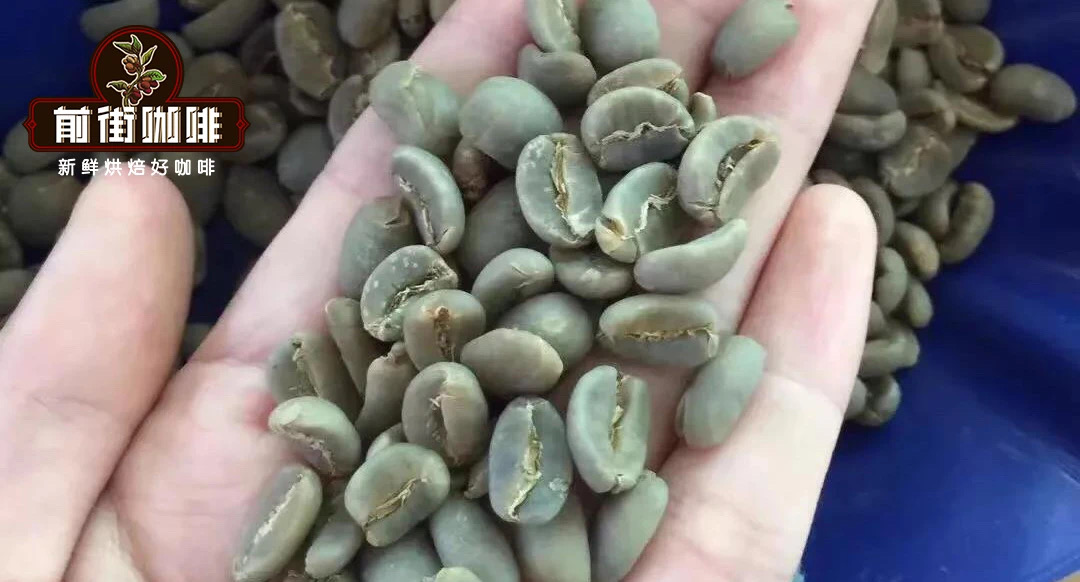
Wet planing method
When it comes to Indonesian Mantenin coffee, it is impressive to think of the rich taste of cocoa and special flavors such as herbs and soil. The reason for this special flavor is also related to the handling of Manning coffee.
Just like K72 in Kenya and honey in Costa Rica, wet planing can also be said to be a unique treatment in Indonesia. Because the local water resources are very precious and the sun conditions are not very stable, the local people invented the wet planing method in combination with Indonesia's rainy climate. The wet planing process is as follows:
1. Peel the coffee fruit, put the shell beans into a vat or sink filled with water, and remove the defective shell beans floating on the liquid surface.
2. Wash the dense shell beans that have sunk to the bottom of the water, put them into a bucket or plastic bag, and do dry body fermentation, that is, to ferment and flavor the pectose on the surface of the seed shell. Basically, the longer the fermentation time, the more sour. The fermentation time varies from person to person, generally only a few hours, but some manors omit the dry body fermentation stage and directly expose the shell beans, which can always be sour and improve the sticky taste, so that the pectin sugar can be fully fermented to increase the flavor, usually between 12-36 hours, depending on the specific situation.
3. When the shell beans are exposed to the sun for one or two days, the moisture content of the bean body is 30% 50%, and the bean body is still semi-hard and semi-soft. Wipe off the seed shell with a shell planer to speed up the drying process. After about two days, the moisture content of the beans reaches 12% Mui 13%. The coffee beans will be collected into woven bags, usually 40 kg and 80 kg each, and will be sent to the coffee processing plant for shelling, and the success will be completed in about four days.
4. The shelling process is to grind off the bean shell with a shell planer and then bask it in the sun until the moisture content reaches about 12% Murray 15%. The coffee beans are then sent for machine selection to remove a variety of impurities and then sorted by particle size.
Wet planing will also occur because the peel is removed in the production process, and the beans come into direct contact with the air, so defective beans such as mildew beans are much higher than water washing and sun drying. Because of this, Manning has the special flavor of those immortal herbs, herbs and earth. The impression of Manning should be bitter and sweet, why is it sour?
In fact, from the Mantenin coffee bean itself, this is a coffee bean with high acidity, and its sour taste transformation is characterized by the fact that under medium-shallow, medium and medium-deep roasting, the acidity will undergo a change from strong acid to acid and then to weak acid.
The editor has tried to bake gold mantenin into shallow, medium and deep baking degrees to compare what is the difference, and found that no matter which baking degree is shallow, medium or deep, the flavor will not be bad.

The reason why our common mantenin is deep baking, first, because of its treatment and varieties of clutter, so that the defect rate of this bean is high, and deep baking can perfectly cover this defect; second, because Mantenin is mainly excavated by the Japanese, and the Japanese are more inclined to taste in the coffee taste. So it's not hard to understand why Manning chose deep baking.
Coffee beans are the fruits of coffee trees, and each fruit has the characteristics of natural acid. The "acid" in coffee is also affected by roasting and extraction, how the roaster bakes and how the barista brews it, all of which affect the flavor of a cup of coffee. If you really don't want sour Mantenin, you might as well choose beans that are deeply roasted. After all, the longer the roasting time, the more the floral and fruity acids in the coffee have been worn off. But the editor believes that in fact, fruit acid can be said to be an indispensable member of a cup of coffee, because it is these sour tastes that enrich the flavor level of coffee, which makes each cup of coffee have its own unique personality.
Indonesia gold Mantenin
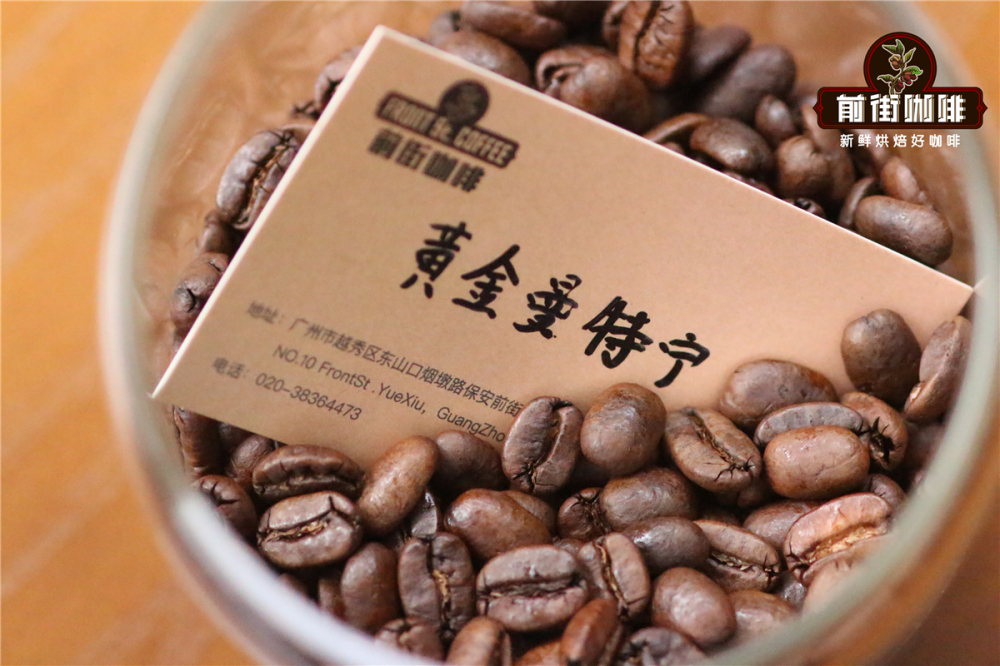
Golden Manning
Company: PWN
Producing area: Mount Gayo in Aceh, Sumatra
Altitude: 1100-1600m
Variety: ateng
Treatment method: wet planing method
[baking suggestion]
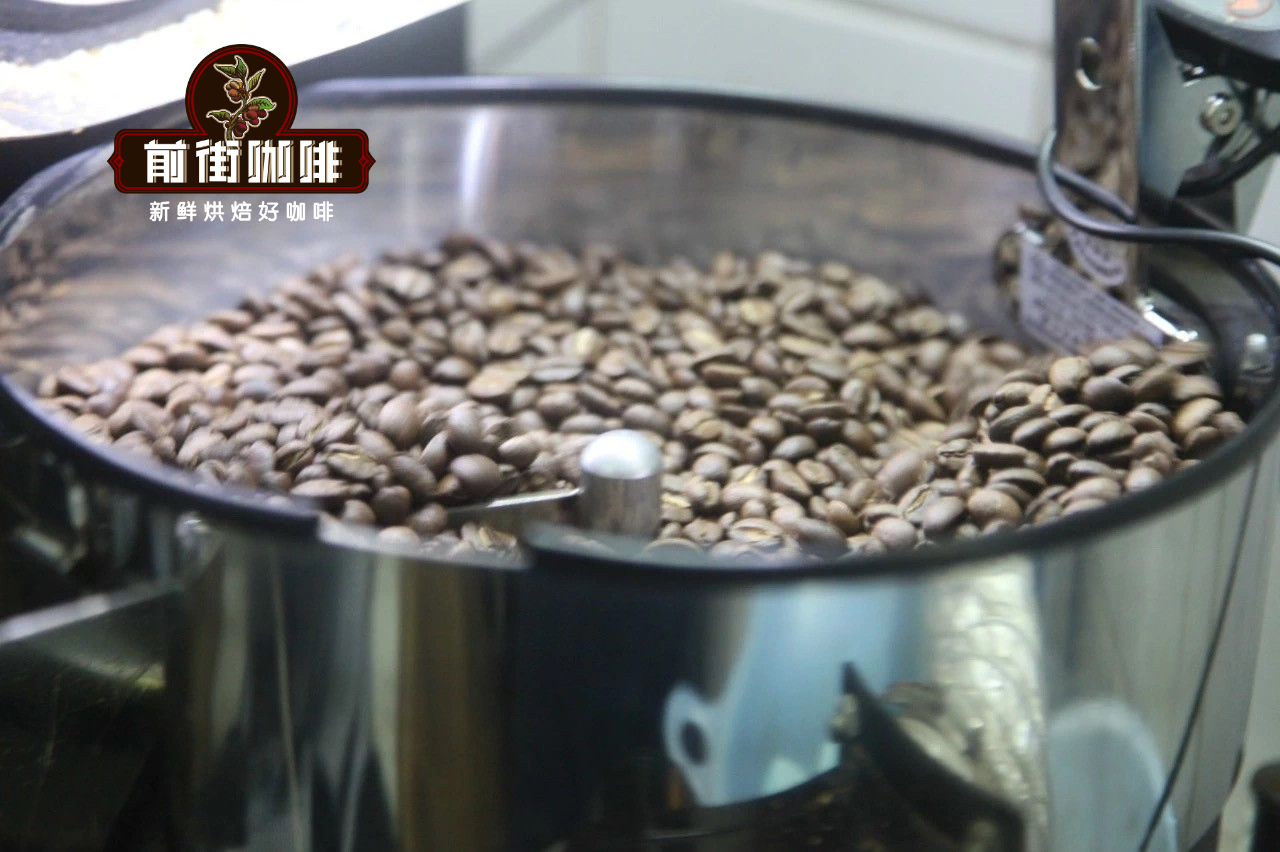
Qianjie coffee is roasted to a medium-deep degree when roasting golden mantenin beans, in order to erase too much sour taste and improve its mellow thickness and balance.
Gold manning is a raw bean with more moisture, which has a higher moisture deviation with sun beans, so you should pay special attention to dehydration. Qianjie coffee suggests that after putting in raw beans, turn off the throttle immediately, steam for 30 seconds and then open the throttle to 3, until the color of the raw bean turns light green or white, and the throttle opens to 4, then explodes to the maximum.
Machine: Yang family 800N, raw bean 550g
Input bean temperature: 200℃
Turning yellow point: 5 years old 39 percent 40 ", 148 ℃
Flashpoint: 9 percent 39 percent 54 ", 191.2 ℃
After the first explosion, the development was 330 ", and 204.5 ℃ was released.
[cooking suggestion]
Qianjie recommends using freshly roasted coffee beans for brewing, so that you can maximize the rich flavor of the coffee. The coffee beans shipped in Qianjie are all roasted within 5 days, because Qianjie is well aware that the freshness of coffee beans has a great impact on the flavor. The purpose of Qianjie roasting is "freshly roasted coffee", so that every guest who places an order is the freshest coffee when he receives it. The bean cultivation period of coffee is about 4-7 days, so when the guest gets it, it is the time when the flavor is the best.
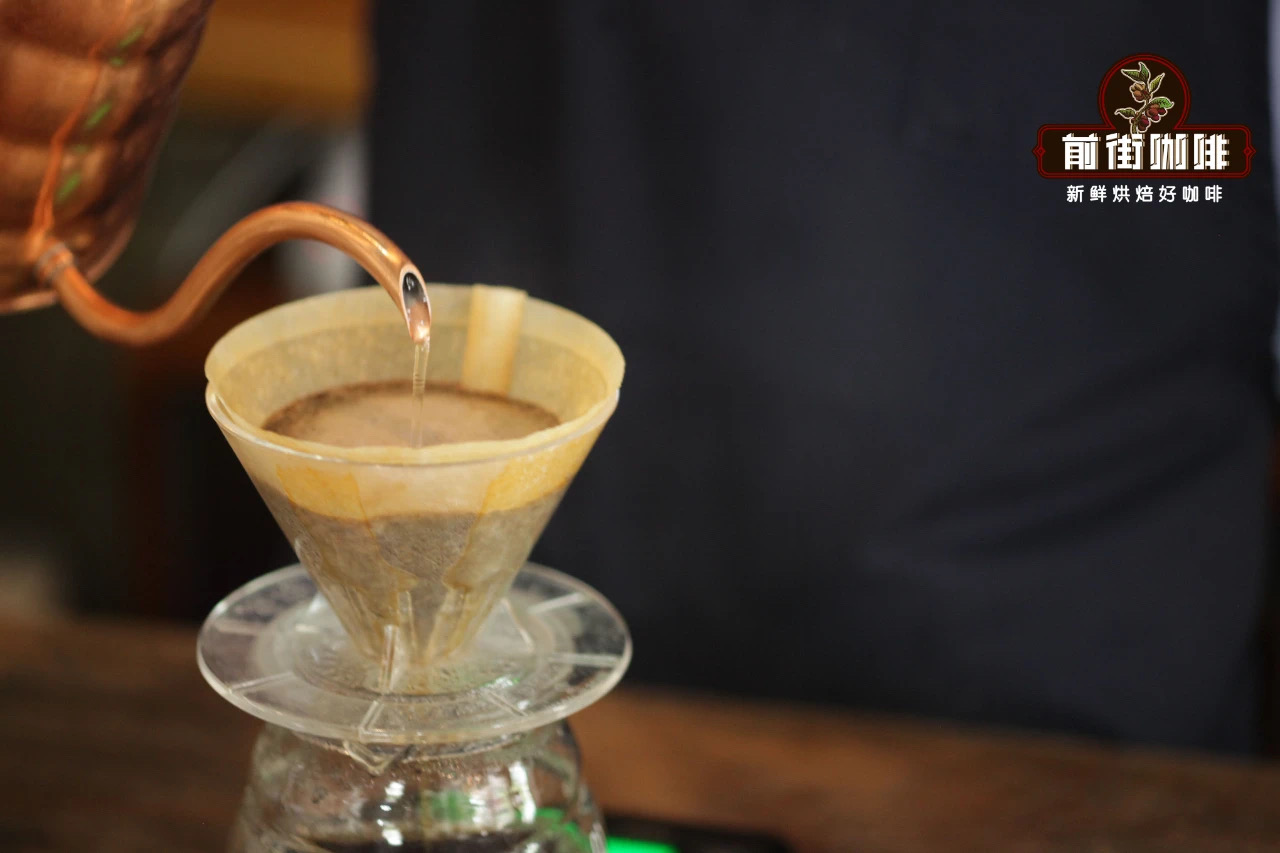
Filter cup: Kono filter cup
Water temperature: 88 ℃
Amount of powder: 15g
Powder / water ratio: 1:15
Degree of grinding: medium and fine grinding (BG#6W)
* the reason for choosing the Kono filter cup: the Kono filter cup has few ribs and is located at the low end, and the filter paper is attached to the filter cup, which can limit the airflow to increase the contact time between water and coffee powder, so that the coffee powder can be fully extracted and enhance the mellow taste.
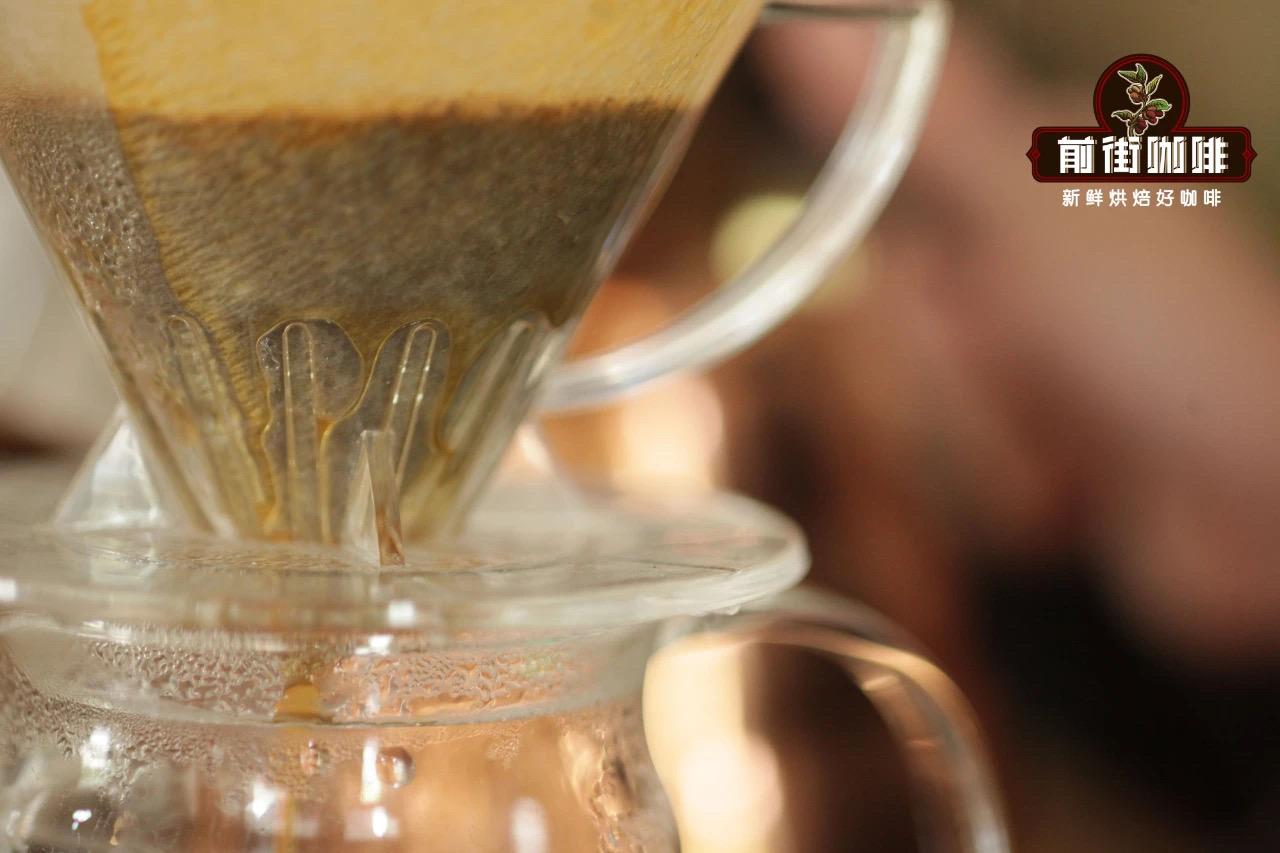
Cooking technique: stage-by-stage extraction
Steam with 30 grams of water for 30 seconds, small water flow around the circle to 125 grams for sectional injection, water level drop is about to expose the powder bed, continue to inject water to 225 grams to stop injection, and so on when the water level drop is about to expose the powder bed, remove the filter cup, (steaming starts timing) the extraction time is 2 minutes 39 percent 00 ".
Manning coffee features taste description: changeable, mellow and clean, high sense of balance, strong nutty, chocolate flavor, rich spice and caramel aroma, with fruity aromas and a long finish.
Professional coffee knowledge exchange more coffee bean information please follow the coffee workshop (Wechat official account cafe_style)
For more boutique coffee beans, please add private Qianjie coffee on Wechat. WeChat account: kaixinguoguo0925
Important Notice :
前街咖啡 FrontStreet Coffee has moved to new addredd:
FrontStreet Coffee Address: 315,Donghua East Road,GuangZhou
Tel:020 38364473
- Prev
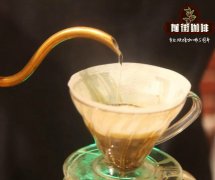
Do Ecuadorian coffee have boutique coffee beans? how about coffee beans washed with Ecuadorian Loha coffee?
Professional coffee knowledge exchange more coffee bean information please follow the coffee workshop (Wechat official account cafe_style) Ecuador Coffee Loha Province Puyango Town Ivory Forest 1300-1800 m washed Ecuador Loja Puyango Bosques de Marfil 1300-1800m Washed Ecuador is one of the few countries where Arabica and Robusta are grown, and when landlords
- Next
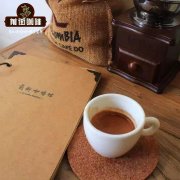
Which country is the Harald coffee? what are the regional characteristics of the Harald coffee producing area?
Professional coffee knowledge exchange more coffee bean information please follow the coffee workshop (Wechat official account cafe_style) the origin of the name: the most famous Ethiopian coffee is Harald Coffee. Harald is located in eastern Ethiopia. Harald is an ancient city with a long history and one of the four holy cities of Islam. The Harald area has the best altitude for Arabica coffee growth.
Related
- Detailed explanation of Jadeite planting Land in Panamanian Jadeite Manor introduction to the grading system of Jadeite competitive bidding, Red bid, Green bid and Rose Summer
- Story of Coffee planting in Brenka region of Costa Rica Stonehenge Manor anaerobic heavy honey treatment of flavor mouth
- What's on the barrel of Blue Mountain Coffee beans?
- Can American coffee also pull flowers? How to use hot American style to pull out a good-looking pattern?
- Can you make a cold extract with coffee beans? What is the right proportion for cold-extracted coffee formula?
- Indonesian PWN Gold Mandrine Coffee Origin Features Flavor How to Chong? Mandolin coffee is American.
- A brief introduction to the flavor characteristics of Brazilian yellow bourbon coffee beans
- What is the effect of different water quality on the flavor of cold-extracted coffee? What kind of water is best for brewing coffee?
- Why do you think of Rose Summer whenever you mention Panamanian coffee?
- Introduction to the characteristics of authentic blue mountain coffee bean producing areas? What is the CIB Coffee Authority in Jamaica?

